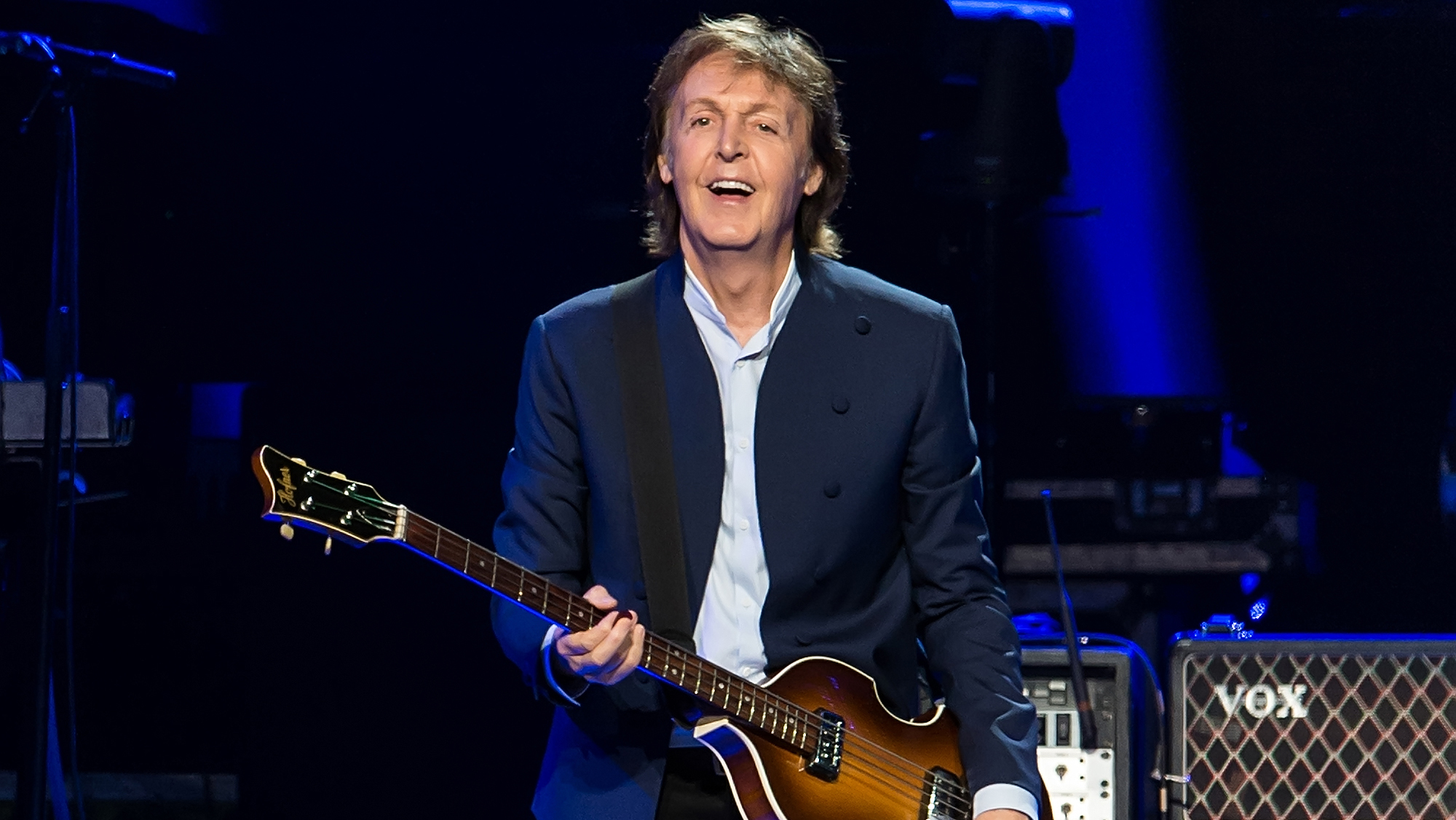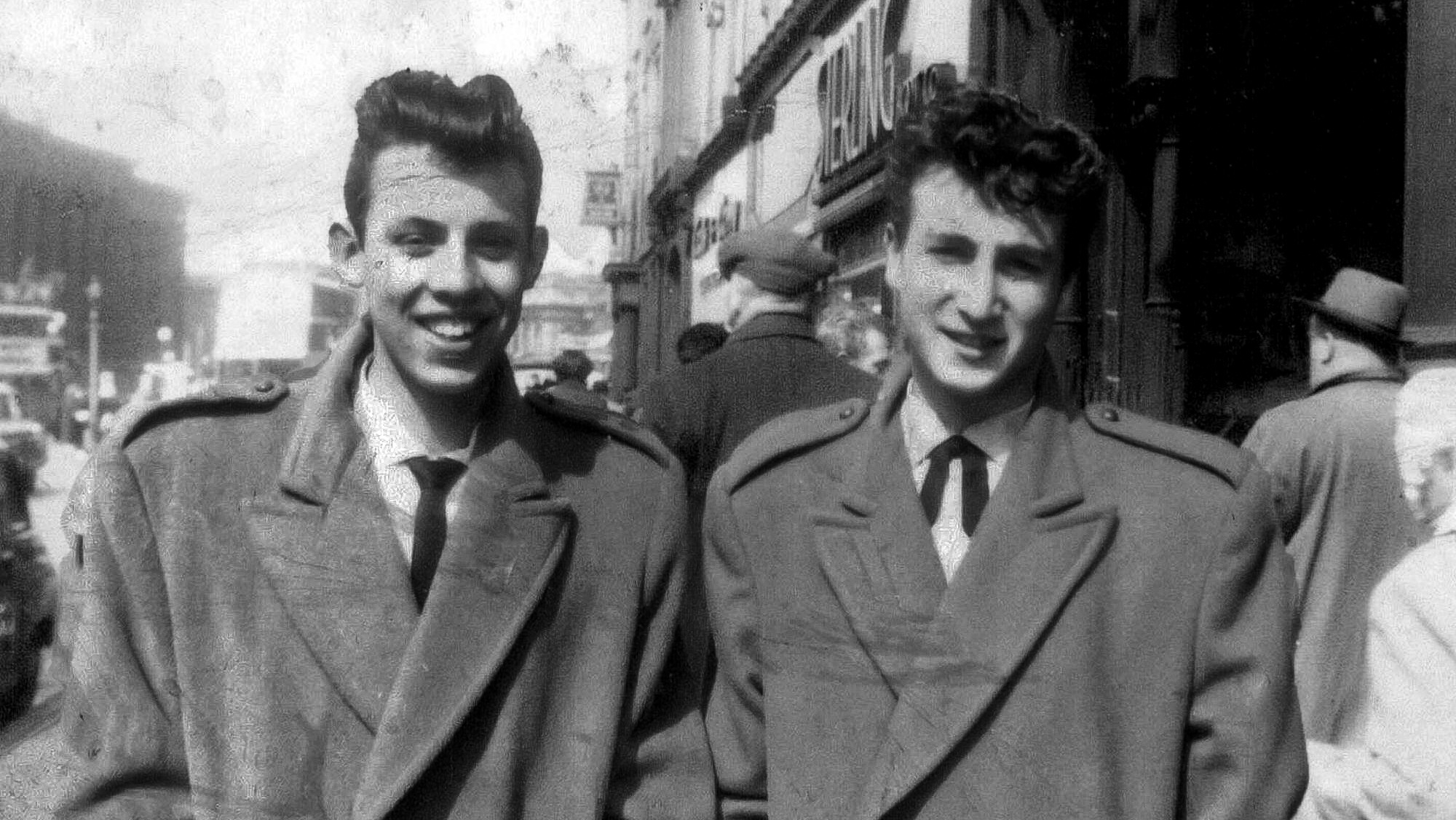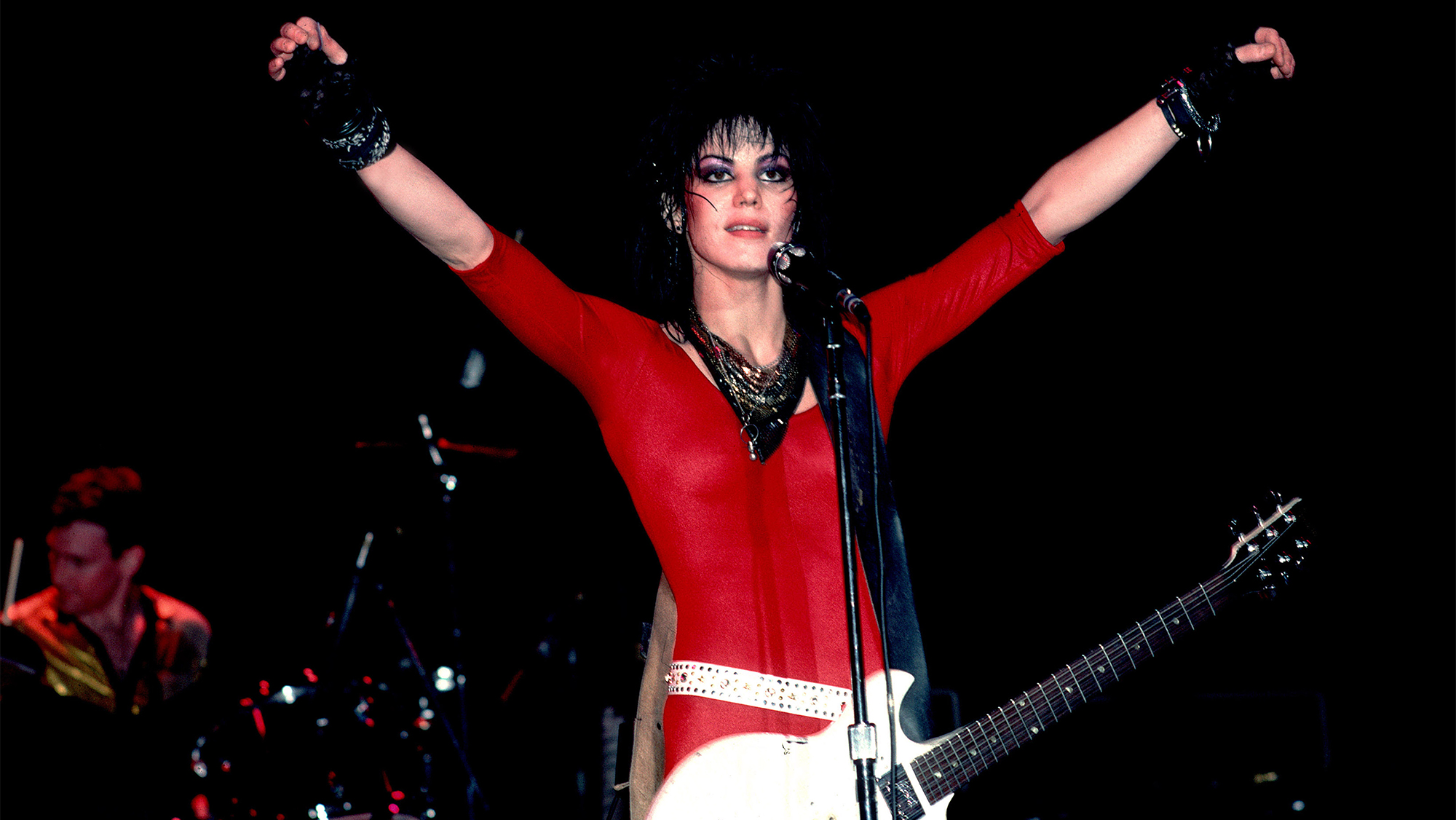“I’ll show you what got me in the Beatles.” Paul McCartney reveals the song he performed when he met John Lennon. But it wasn’t his guitar playing that earned him his respect
McCartney says his deep familiarity with a song Lennon loved made all difference

As the Beatles Anthology returns to screens this week with a new Episode 9, fans will be able to relive the group’s birth and rise from Liverpool to the global stage.
The key moment in the Beatles’ creation is July 6, 1957, when Paul McCartney and John Lennon met. Lennon was 16, and McCartney 15, but the younger musician had more skill on guitar. It was that ability that earned him Lennon’s respect and a spot in his skiffle group, the Quarrymen.
And, as McCartney reveals in a 1999 interview, it was all due to one song.
Their fateful meeting took place at St Peter's Church Hall fête in the Liverpool suburb of Woolton, where Lennon lived with his Aunt Mimi. McCartney only attended the event because of his mate Ivan Vaughan, who was a friend of Lennon’s.
“He used to be in one of the little skiffle groups that John was in,” McCartney told British TV host Michael Parkinson in a 1999 interview for his BBC talk show, Parkinson. “So he said you should come along to this thing. You know this group's playing, and my mate John's in it.”
The Quarrymen were a rough-and-tumble skiffle act consisting of Lennon and a group of musical friends from the Quarry Bank High School. McCartney and Vaughan arrived in time to catch the band's afternoon set and see Lennon sing “Come Go With Me,” by the Del Vikings. Lennon didn’t know the words and improvised them, which McCartney found both amusing and impressive.
“John just looked like he had something,” he told Parkinson. “What happened was, they did their first set and then they had a break, and then they were due to do the evening set. So the break was an opportunity for the band to get drunk, really.”
All the latest guitar news, interviews, lessons, reviews, deals and more, direct to your inbox!

By the time Vaughan took McCartney around to meet the band, Lennon had had a few beers, he recalls. When Vaughan explained that McCartney played guitar, Lennon asked him to play.
“One of them lent me his guitar and I had to turn it right, because I'm left-handed,” he said. “They wouldn't let me change the strings. But because I had a mate who had a right-handed guitar, I'd learned to play upside down. So that was a little bit impressive.
“But I also knew the words to this song that they all loved,” he continues. “And they didn't know the words. That was enough to get me in.”
The song was Eddie Cochran’s “Twenty Flight Rock.” Cochran and his band had performed the tune in the 1956 U.S. musical comedy The Girl Can’t Help It, which also featured standout performances by McCartney favorites Fats Domino, Little Richard and Gene Vincent (who would also prove to be a big influence on Jimmy Page). But it was Cochran’s “Twenty Flight Rock” that had captured the hearts of young guitarists with its insistent riff and Cochran’s twanging, heavily vibratoed voice.
Despite the song's popularity, there was a good reason Lennon and his group didn't know the lyrics: The tune hadn’t been released yet, not even in America. Cochran recorded it for release after the movie, in May and August 1957, but it still wasn’t issued until the following November. And it wasn’t even released as a single in the U.K.
The absence of a record didn't matter at all to the song's popularity. The Girl Can’t Help It and the musicians it showcased made a huge impact on Liverpool teens, who were enthralled by the performances. Thanks to the film, Little Richard began selling more records in Liverpool than Elvis Presley. It is undoubtedly the reason Richard began touring England, where he found he could play bigger and better venues than in the U.S., where he was usually relegated to dingy clubs.
As for McCartney, upon seeing the movie he headed out to his local record store to order Cochran's record, only to learn it wasn’t available. So how did he know the lyrics? He was a huge fan of The Girl Can’t Help It and had apparently seen it several times during its seven-week run at the Scala Cinema on Liverpool’s Lime Street.
“We idolized these people, and we always thought they were given crummy treatment — until The Girl Can't Help It," he said in the Beatles’ Anthology book. The film was so important to him that the Beatles took a break from recording "Birthday" for the White Album on September 18, 1968 so they could so go to McCartney's house to watch the film's British TV premiere.
Cochran, in particular, was appealing to musically inclined teens. He was just 19 at the time — not much older than Lennon or McCartney — and played a Gretsch 6120 hollowbody electric guitar. And, as McCartney explains to Parkinson’s audience, it was his “Twenty Flight Rock” that would bring him and John Lennon together, setting the stage for the creation of the Beatles.
“So I'll just do a little bit of it,” McCartney said to Parkinson’s audience. “Show you what got me in the Beatles.”
The Beatles Anthology begins streaming with Episodes 1–3 on Wednesday, November 26 on Disney+, followed by Episodes 4–6 on Thursday, November 27 and Episodes 7–9 on Friday, November 28.
Christopher Scapelliti is editor-in-chief of GuitarPlayer.com and the former editor of Guitar Player, the world’s longest-running guitar magazine, founded in 1967. In his extensive career, he has authored in-depth interviews with such guitarists as Pete Townshend, Slash, Billy Corgan, Jack White, Elvis Costello and Todd Rundgren, and audio professionals including Beatles engineers Geoff Emerick and Ken Scott. He is the co-author of Guitar Aficionado: The Collections: The Most Famous, Rare, and Valuable Guitars in the World, a founding editor of Guitar Aficionado magazine, and a former editor with Guitar World, Guitar for the Practicing Musician and Maximum Guitar. Apart from guitars, he maintains a collection of more than 30 vintage analog synthesizers.


